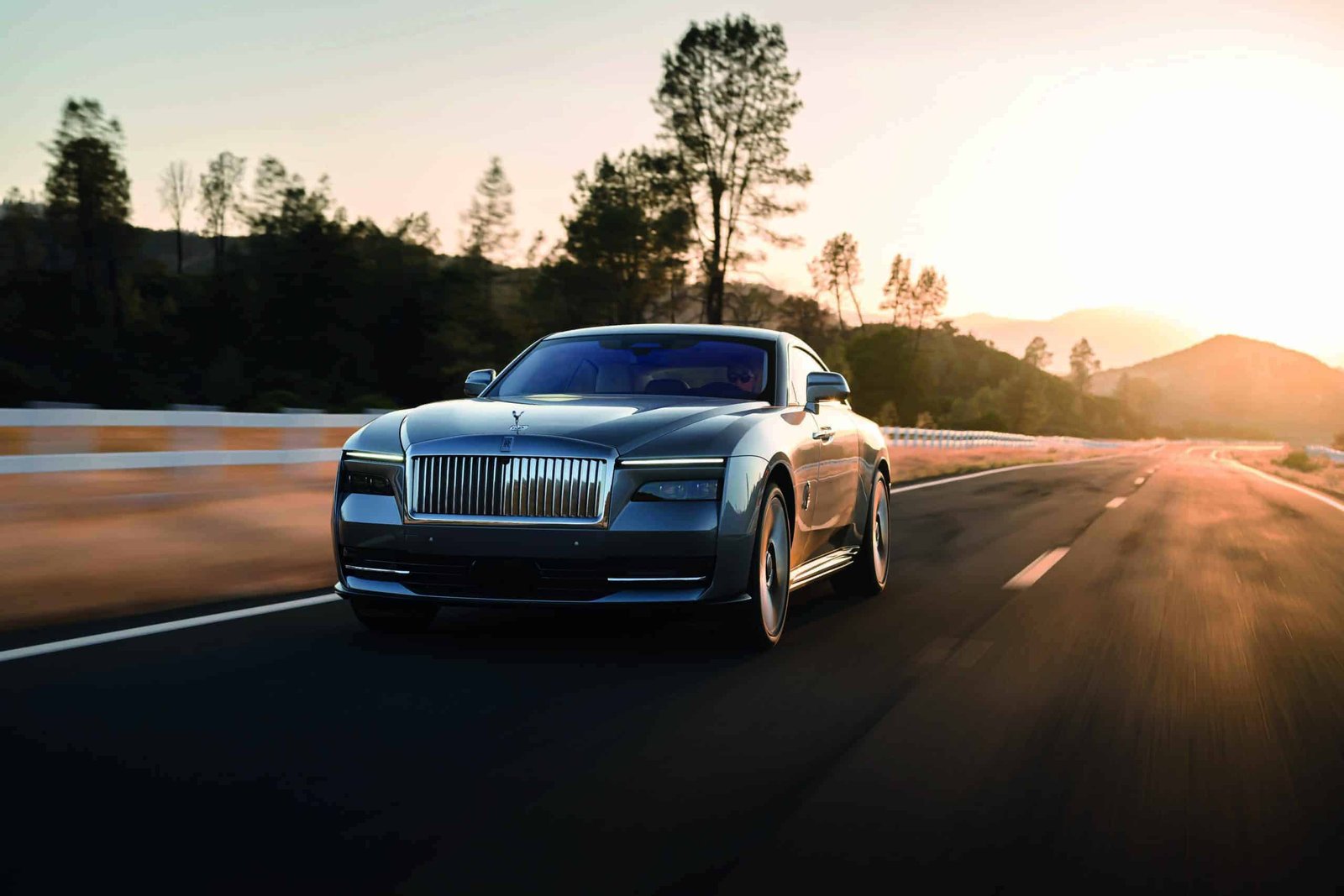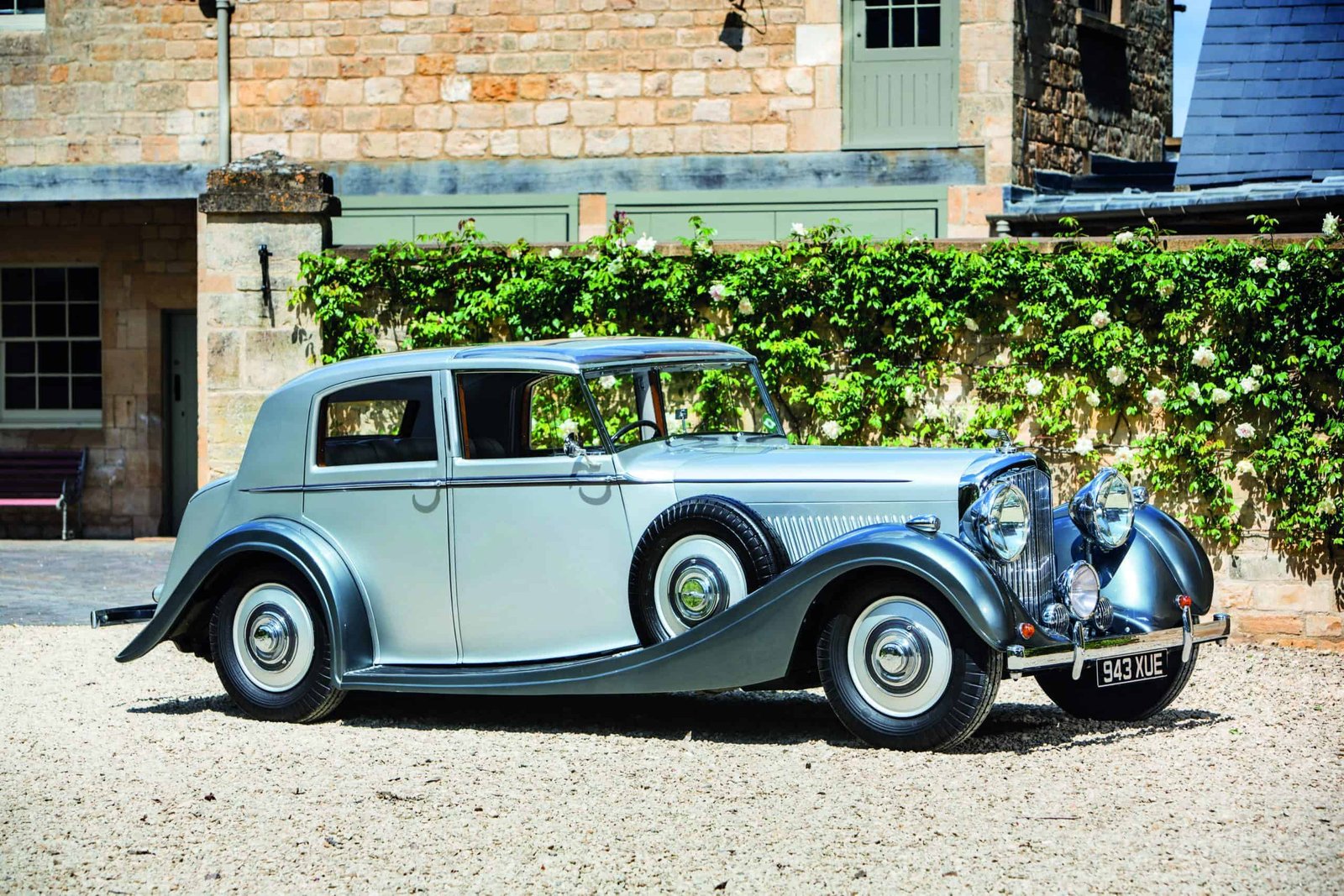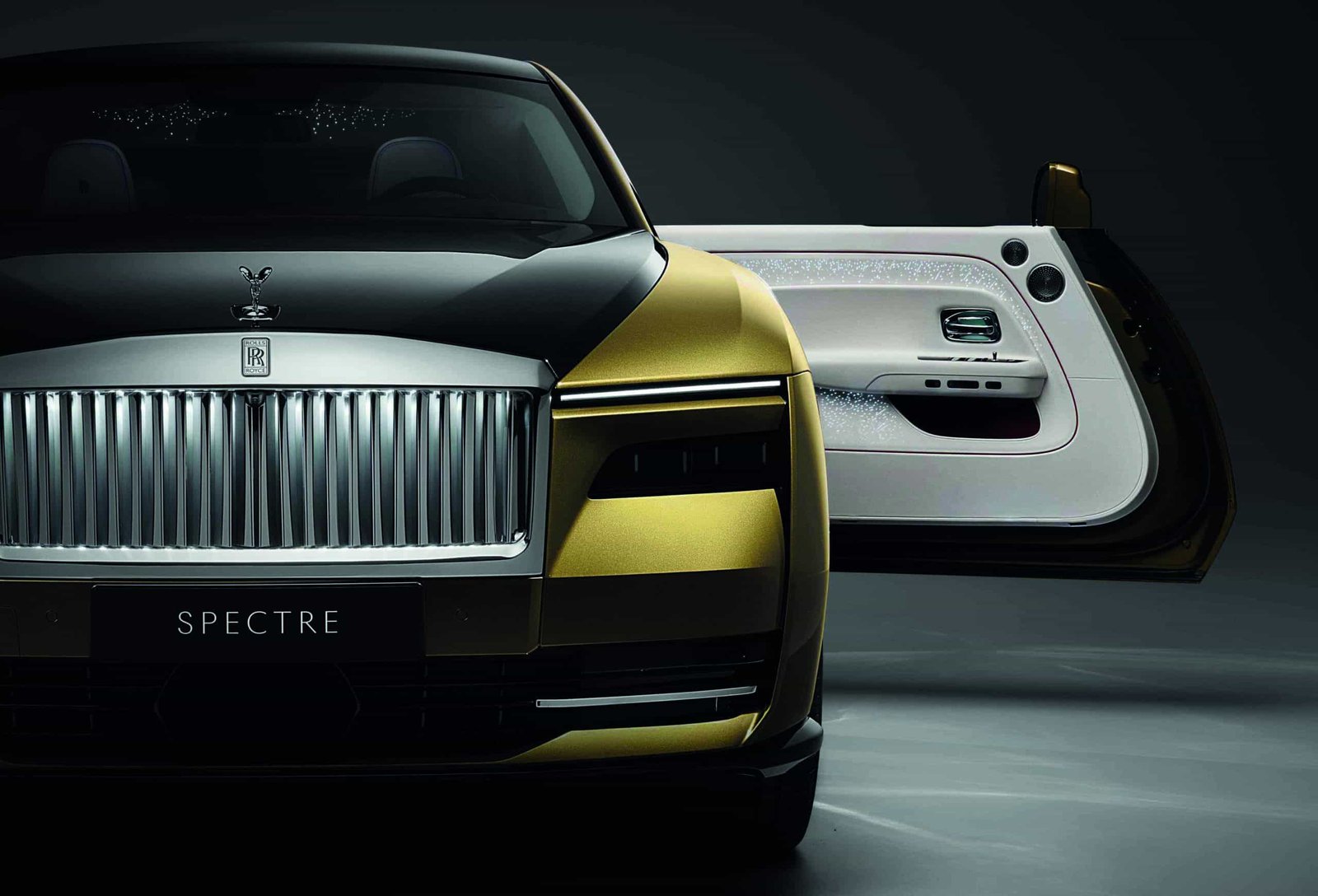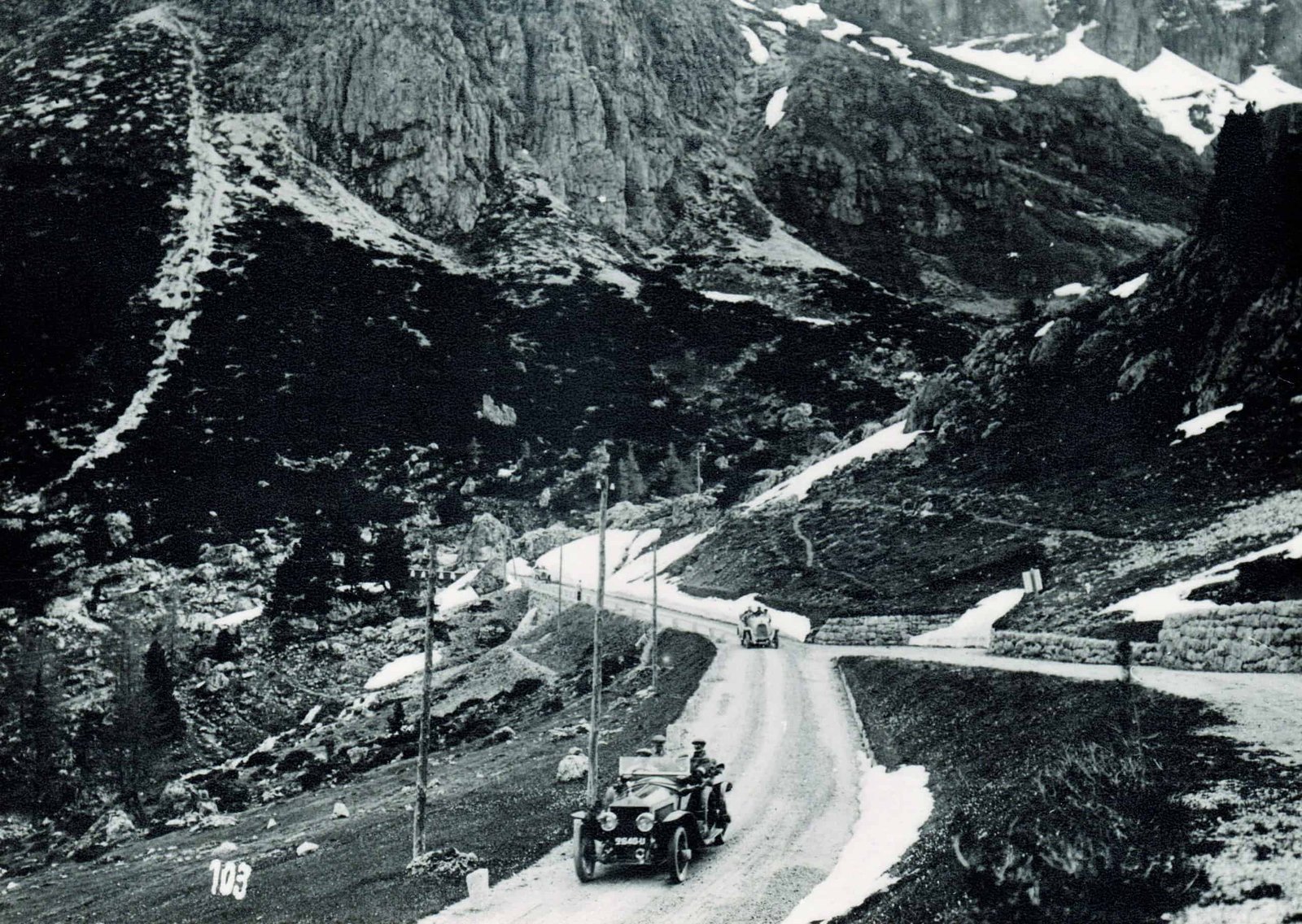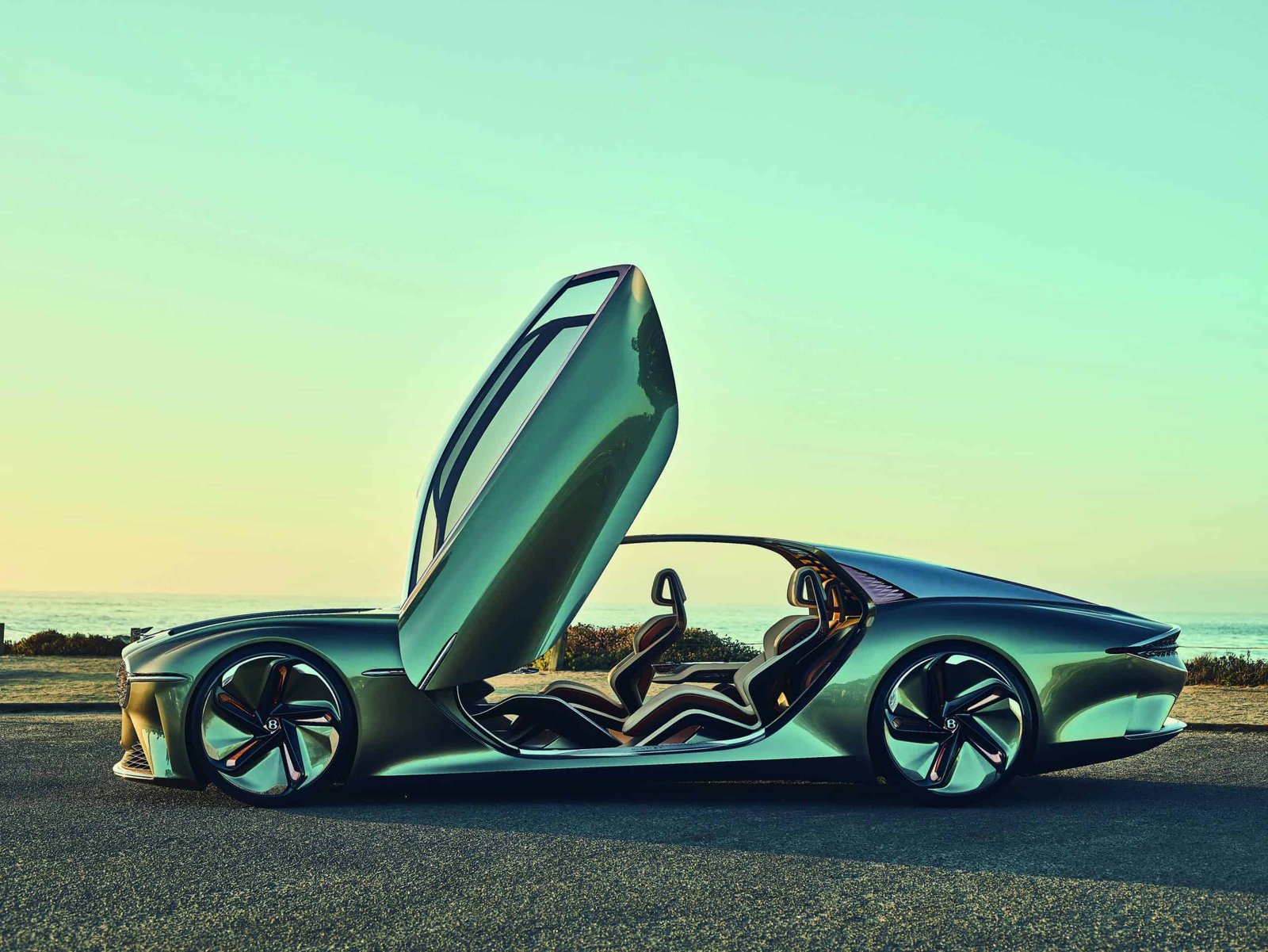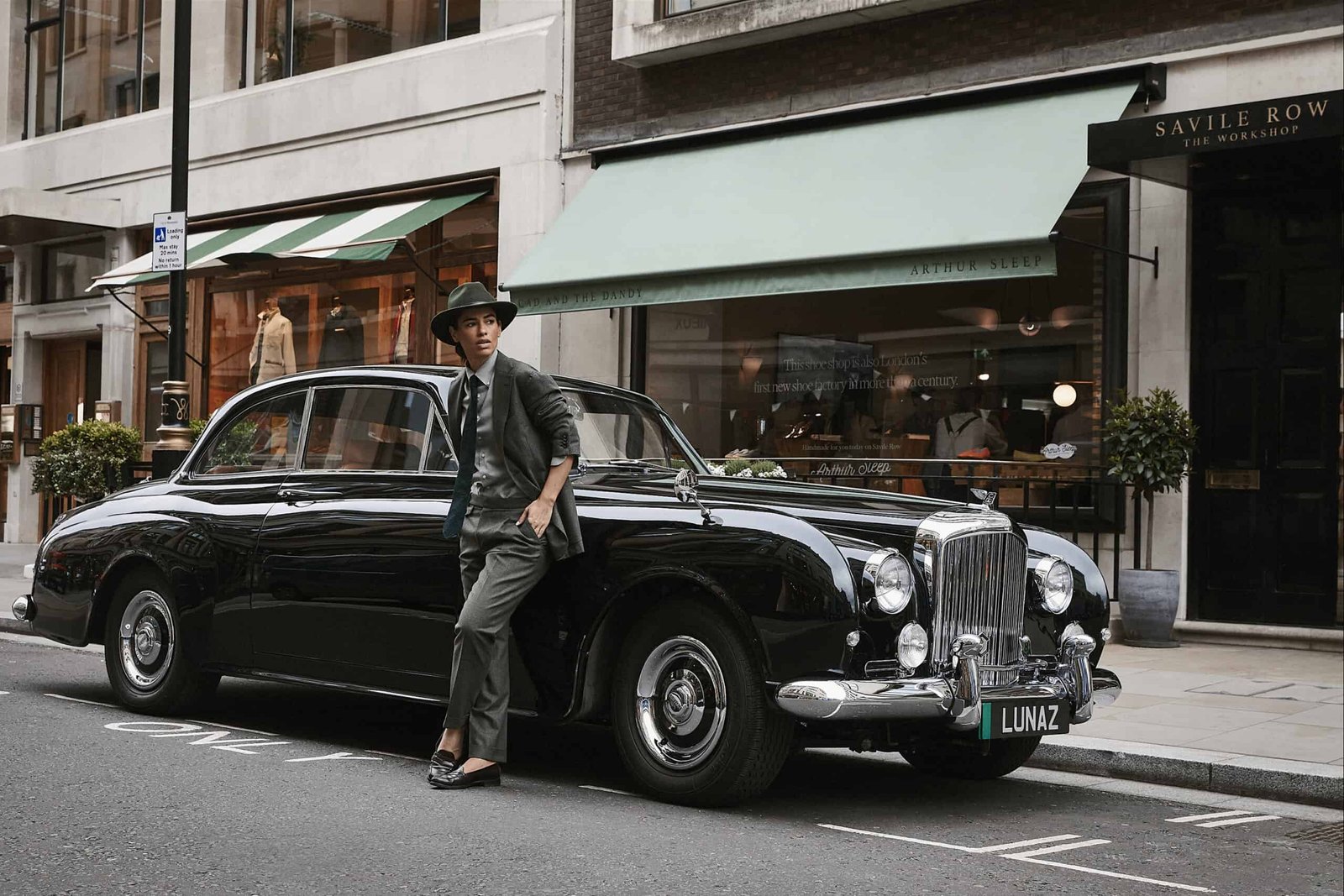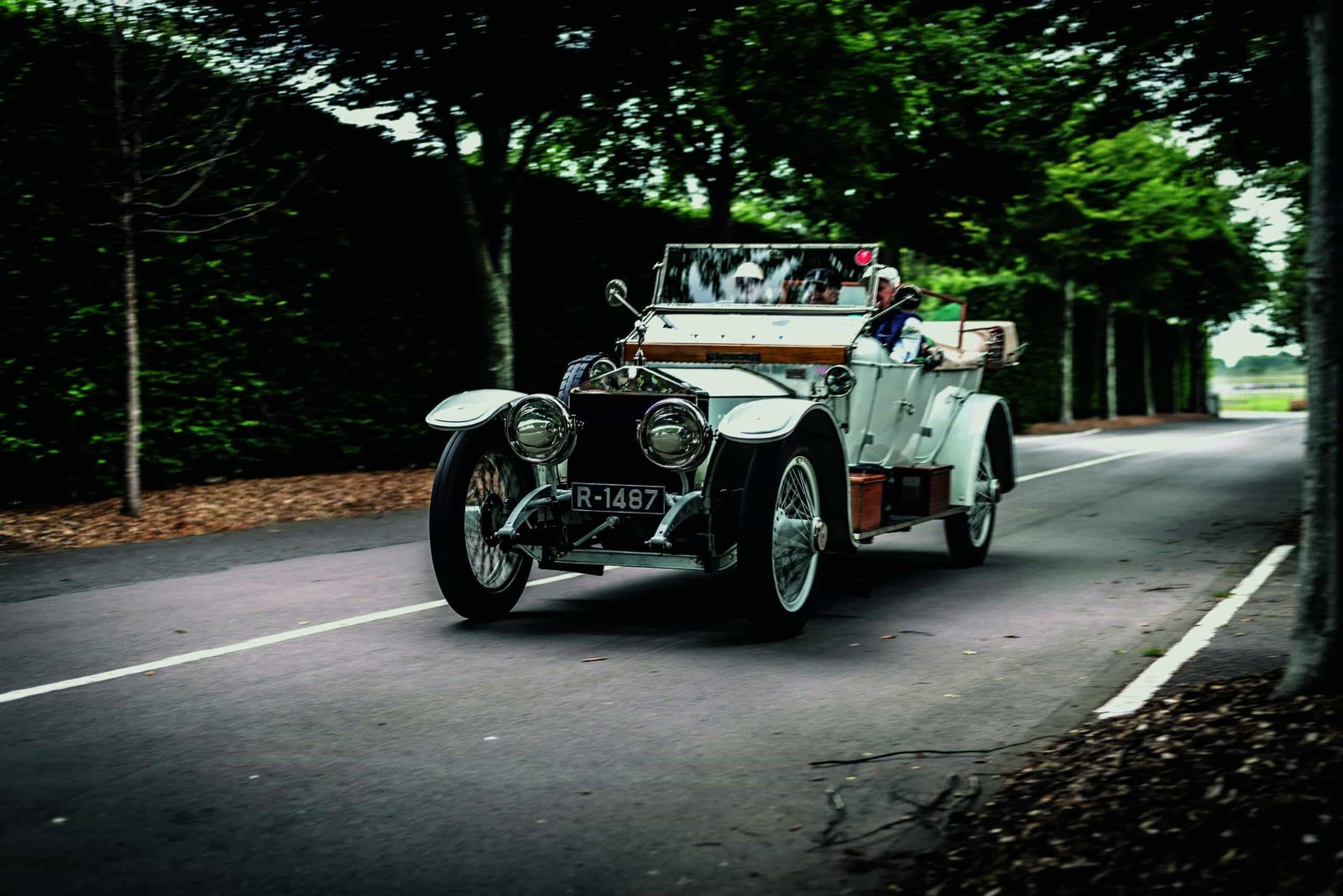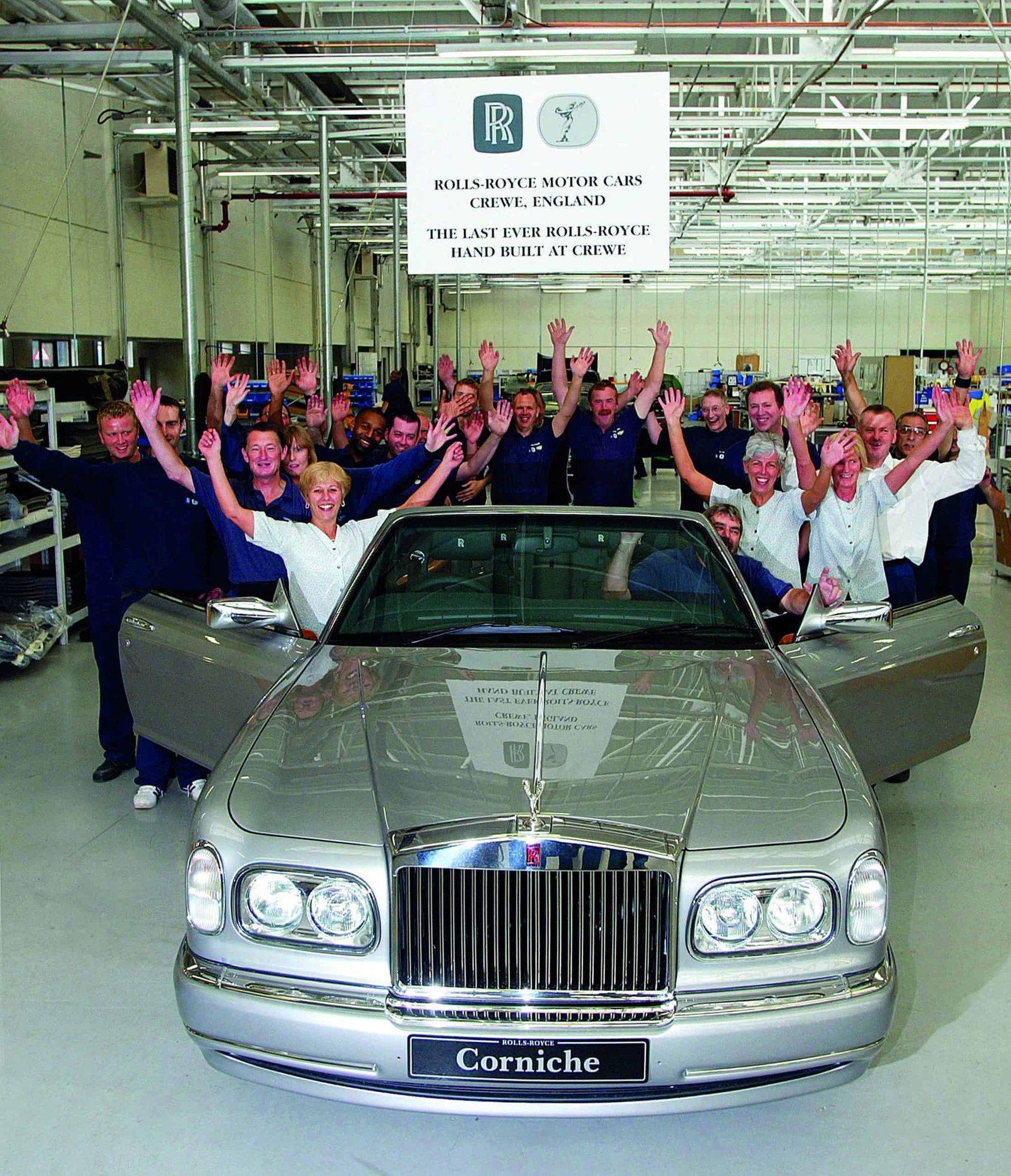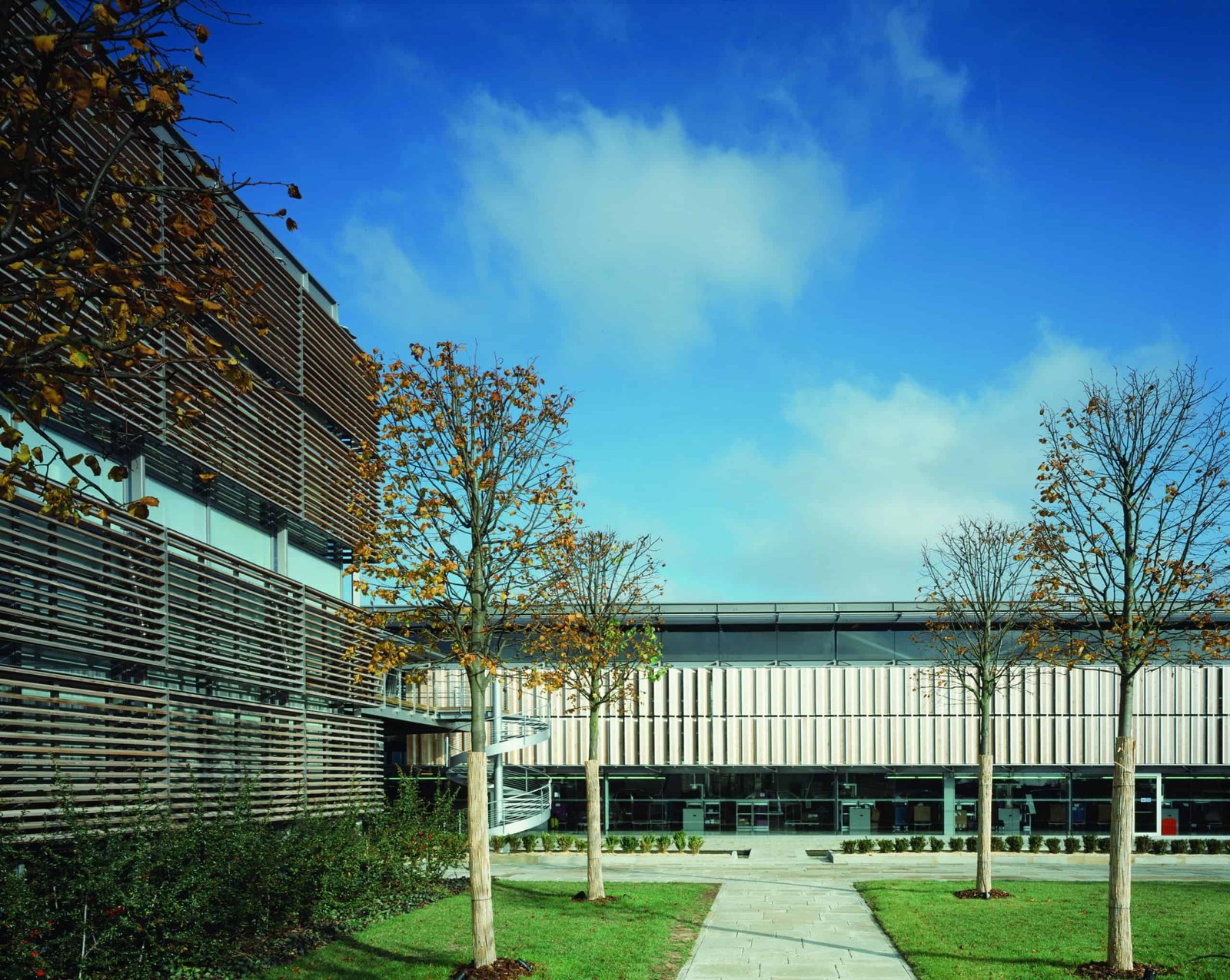A new home for Rolls-Royce
Rolls-Royce’s new head office and production centre not only had to be in England, as promised, but also had to fulfil a number of other, very specific requirements. It should be an inviting, attractive place for customers to visit when commissioning a bespoke motor car. It should also be an immaculate, well-considered and impressive facility, befitting of the luxury cars being handmade there by skilled experts. Conventional industrial estates, though perhaps more attractive initially from a commercial perspective, were therefore absolutely out of the question.
More than 100 potential locations were offered by communities all over Britain, who hoped to benefit from the huge investment and job creation that a successful bid would inevitably result in. From these, a shortlist of just five was selected. The firm favourite was Goodwood, near Chichester in West Sussex, in the beautiful south of England.
The estate of Charles Gordon-Lennox, 11th Duke of Richmond (then Lord March), Goodwood was chosen for a host of reasons. Its beautiful environs would meet clients’ high expectations perfectly, while the estate’s impressive Goodwood House could serve as a potential venue for social events and presentations, alongside its hotel and two golfing resources. Goodwood’s famous racecourse and motor circuit, airfield and Chichester Festival Theatre further boosted its appeal, as did the region’s cluster of specialist automotive firms, abundance of skilled craftspeople from the yacht industry and others, and universities and colleges. Add to that the proximity to London, international airports and the seaports of Southampton and Portsmouth and the case for choosing Goodwood was overwhelming. Last but not least was its position just eight miles from the village of West Wittering, where Sir Henry Royce lived from 1917 until his passing in 1933.
So far, so good. The duke and Karl-Heinz Kalbfell, who headed up BMW Group’s “Project Rolls-Royce”, soon reached an agreement, securing obvious benefits for both parties. But what about the “rest of the world”: immediate neighbours; local, regional and national authorities; and, not least, the Environment Agency? Would they support or oppose the project? Would Rolls-Royce ever obtain permission to build a modern manufacturing plant close to what was (and remains) an officially designated Area of Outstanding Natural Beauty, less than a mile from the South Downs National Park boundary? These and a myriad of other obstacles faced the team, all with the potential to block the project before it even started.
However, these were balanced from day one by a large number of significant voices offering their pragmatic and enthusiastic support. Among them were the Rolls-Royce Enthusiasts’ Club, under the presidency of the late Eric Barrass, and in particular the Central Southern Section, with backing initiated by its secretary, Ted Meachem; the US-based Rolls-Royce Owners’ Club; and Andrew Wood and his late twin brother Paul of P&A Wood fame, to name but a few.
Very quickly, businesses from across the South, as well as local colleges and universities, became aware of the potential for becoming partners or suppliers to Rolls-Royce once the site was up and running. Their representations to the various regional and national authorities in support of the planning application would also prove to be highly significant.
Indeed, getting the final go-ahead, including gaining planning permission from the authorities and winning over the immediate neighbours, the sometimes sceptical or even negative media and the worldwide fraternity of Rolls-Royce enthusiasts, proved to be the project’s greatest challenge. It was also its most significant accomplishment during that pioneering period.
The project team finally received approval in principle from Chichester District Council in the late summer of 2001. With the blessing of the central government in Westminster, underlined by a visit by Prime Minister Tony Blair’s office in March that year, construction preparations could finally start. However, time was now running alarmingly short: BMW had promised the world not only a grand opening of its facility on 1 January 2003, but also to deliver the very first Goodwood-built motor car to a customer the same day. The race was well and truly on.




